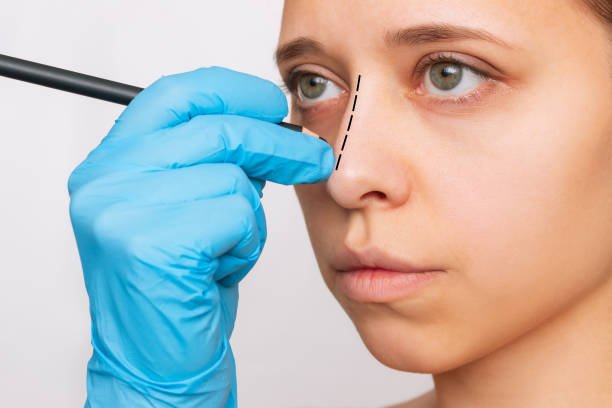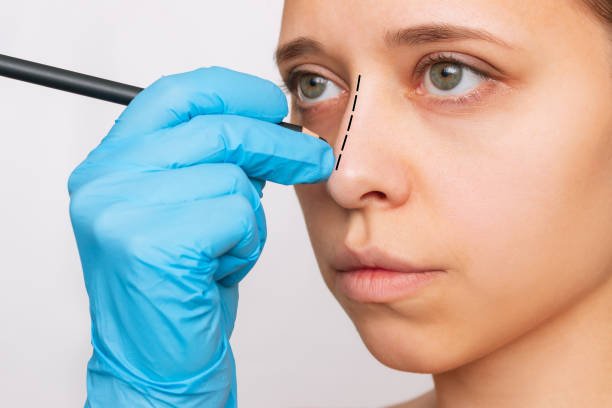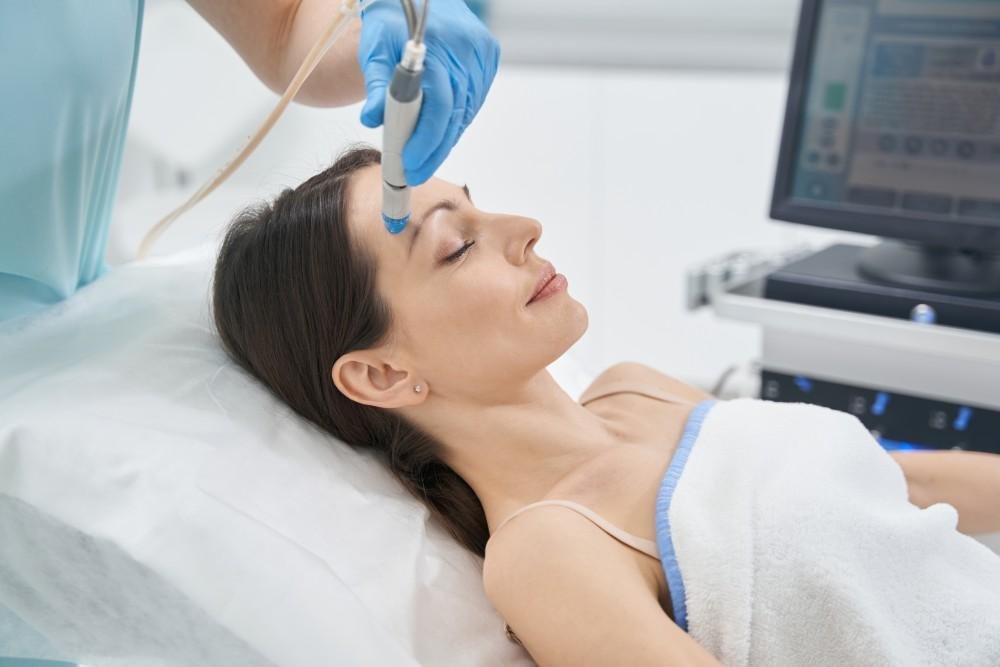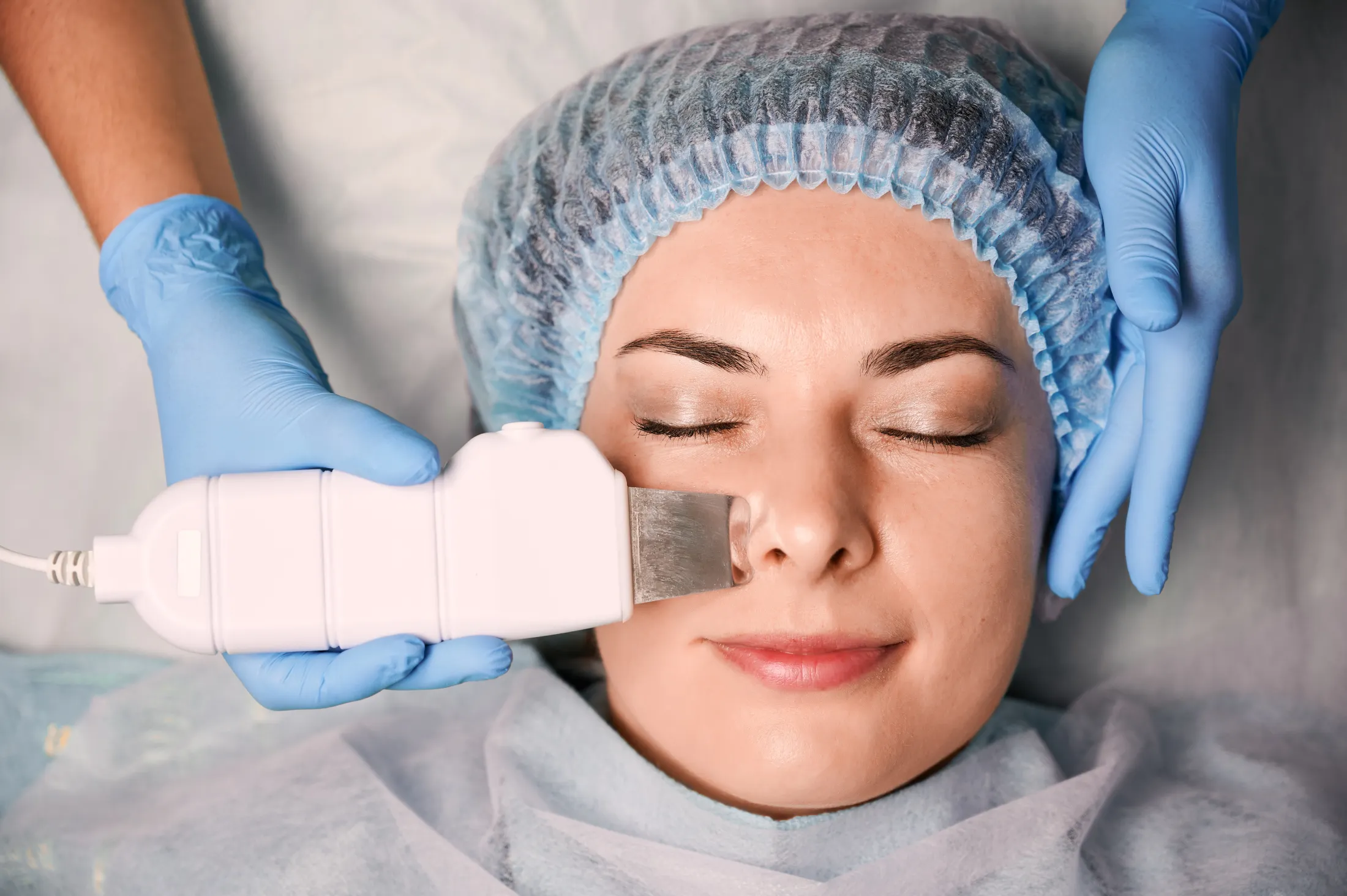Hyperpigmentation refers to the darkening of specific areas of the skin due to an overproduction of melanin, the pigment responsible for skin color. This condition can manifest as age spots, melasma, sunspots, or post-inflammatory marks left behind after acne or injury. Hyperpigmentation is a common concern among individuals of all skin tones and types, but it often appears more prominently in those with medium to dark complexions. It can result from various triggers such as sun exposure, hormonal changes, inflammation, or certain medications. Understanding the root cause is essential in determining the most effective treatment plan.
Importance of Sun Protection:
One of the most emphasized strategies for managing hyperpigmentation is consistent sun protection. UV radiation stimulates melanin production, worsening existing pigmentation and triggering new spots. Best Dermatologist in Dubai (أفضل دكتور جلدية في دبي) recommend daily use of a broad-spectrum sunscreen with SPF 30 or higher, even on cloudy days or while indoors if exposed to screens or windows. Reapplying sunscreen every two hours, wearing protective clothing, and seeking shade during peak sunlight hours are also vital. Without strict sun protection, other treatments for hyperpigmentation may be render less effective or even counterproductive.
Topical Treatments for Pigment Reduction:
Dermatologists often begin hyperpigmentation treatment with topical agents that inhibit melanin production or encourage skin turnover. Ingredients such as hydroquinone, azelaic acid, kojic acid, niacinamide, and tranexamic acid are widely use for their brightening effects. Retinoids like tretinoin are also favor for promoting cell turnover and dispersing melanin granules. These treatments typically require consistent use over several weeks or months and are most effective when customized to suit the patient’s skin type and sensitivity level. Layering products must be done cautiously to avoid irritation, which could exacerbate pigmentation issues.
Chemical Peels and Exfoliating Procedures:
In-office procedures like chemical peels can accelerate the removal of pigmented skin cells and promote an even tone. Superficial peels containing alpha hydroxy acids (AHAs) or beta hydroxy acids (BHAs) are often recommend for milder pigmentation, while deeper peels may be utilize for more stubborn discoloration. The strength and frequency of peels are carefully chosen base on the individual’s skin type and the extent of pigmentation. Professional exfoliating treatments can be a valuable addition to a topical skincare routine, but must be perform with care to avoid irritation, especially in those with sensitive or darker skin tones.
Laser and Light-Based Therapies:
Laser treatments of Best Dermatologist in Dubai (أفضل دكتور جلدية) are another advance option for tackling persistent hyperpigmentation. These therapies work by targeting and breaking down melanin deposits within the skin. Depending on the type and depth of pigmentation, dermatologists may use fractional lasers, Q-switched lasers, or intense pulsed light (IPL) devices. While results can be significant, these procedures require thorough evaluation and careful execution to prevent side effects like rebound hyperpigmentation. Not all skin types respond well to laser treatment, making consultation and patch testing crucial steps before initiating therapy.
Hormonal Influence and Internal Factors:
Hormonal fluctuations—particularly estrogen and progesterone—play a key role in conditions like melasma, which often appears during pregnancy or with the use of hormonal contraceptives. Managing hyperpigmentation in these cases involves a more comprehensive approach that includes evaluating internal factors, adjusting medication where possible, and incorporating gentle, non-irritating treatments to minimize flare-ups. Dermatologists often advise patients to avoid harsh or aggressive skin treatments that may trigger inflammation, which could worsen hormonally-induced pigmentation. Supportive therapies such as oral antioxidants and anti-inflammatory agents may also be recommend to enhance skin resilience.
Patience, Consistency, and Long-Term Maintenance:
Effective management of hyperpigmentation requires patience and a long-term commitment to consistent care. While some treatments can yield visible results within a few weeks, deeper pigmentation may take several months to respond. Dermatologists emphasize the importance of adhering to a prescribed routine and avoiding frequent changes in products, which can hinder progress. Once pigmentation is under control, maintenance strategies such as continued sun protection, gentle exfoliation, and intermittent use of lightening agents help prevent recurrence. Education about triggers and ongoing skin monitoring are essential to achieving and preserving even-toned, healthy skin.
Conclusion:
Managing hyperpigmentation is a multifaceted process that involves understanding its causes, protecting the skin from further damage, and using targeted treatments tailored to individual needs. With consistent sun protection, appropriate topical therapies, and professional interventions when necessary, it is possible to significantly improve uneven pigmentation and restore a more radiant complexion. Patience and commitment to a personalized skincare routine are key to long-term success, helping to maintain healthy, balanced skin and prevent future discoloration. By following dermatologist-recommended strategies, individuals can effectively manage hyperpigmentation and regain confidence in their skin’s appearance.
















Leave a Reply